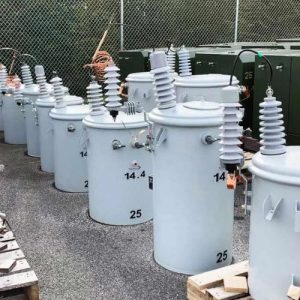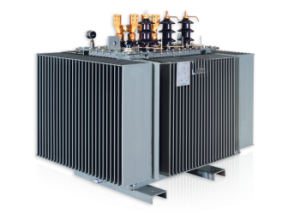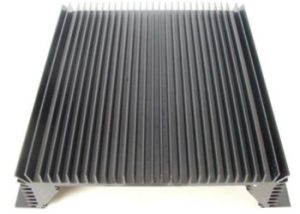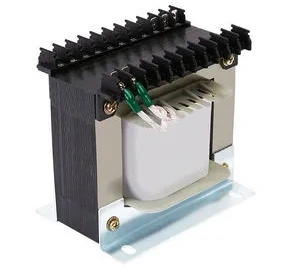Electronic Components Supplier | Transformers, Inductors, Inverters
Introduction to Diodes
Diodes are fundamental electronic components that allow current to flow in one direction while blocking it in the opposite direction. They are crucial in various applications, from power supplies to signal processing. With the rapid advancement of electronics, diodes remain a cornerstone of modern technology, making them a hot topic in engineering and tech discussions.
In this article, we explore how diodes work, their types, applications, and why they are indispensable in today’s digital world.

How Does a Diode Work?
A diode consists of a PN junction—a combination of P-type (positive) and N-type (negative) semiconductor materials. When voltage is applied in the forward bias direction, current flows easily. However, in reverse bias, the diode blocks current almost entirely, acting as an electronic one-way valve.
Key characteristics of diodes include:
- Forward Voltage Drop (Vf): Typically 0.7V for silicon diodes.
- Breakdown Voltage: The reverse voltage at which the diode fails.
- Switching Speed: How fast the diode can turn on/off.
Types of Diodes and Their Applications
Different diodes serve unique purposes in electronics. Here are the most common types:
1. Rectifier Diodes
Used in power supplies to convert AC to DC. They handle high currents and are essential in chargers and adapters.
2. Light-Emitting Diodes (LEDs)
LEDs emit light when current passes through them. They dominate lighting, displays, and indicators due to their efficiency and longevity.
3. Zener Diodes
Designed to operate in reverse breakdown, Zener diodes regulate voltage in circuits, protecting sensitive components.
4. Schottky Diodes
With a low forward voltage drop, Schottky diodes are ideal for high-frequency applications like RF and power rectification.
5. Photodiodes
Convert light into electrical current, used in solar panels, optical communication, and light sensors.
Why Are Diodes Important in Modern Electronics?
Diodes play a critical role in:
- Power Conversion: Converting AC to DC in power supplies.
- Signal Demodulation: Extracting signals in radios and communication devices.
- Circuit Protection: Preventing reverse current damage.
- Lighting Solutions: LEDs are revolutionizing energy-efficient lighting.
With the rise of IoT, renewable energy, and electric vehicles, diodes are more relevant than ever.

Future Trends: Diodes in Next-Gen Tech
As technology evolves, diodes continue to advance:
- Ultra-Fast Diodes: For 5G and high-speed computing.
- High-Power Diodes: Supporting electric vehicle charging stations.
- Flexible & Organic Diodes: For wearable electronics and foldable displays.
Conclusion
Diodes are the unsung heroes of electronics, enabling everything from simple circuits to cutting-edge technologies. Whether in power supplies, lighting, or communication systems, their role is irreplaceable. As innovation accelerates, diodes will remain at the heart of electronic advancements.







